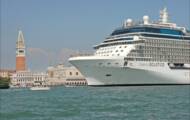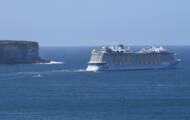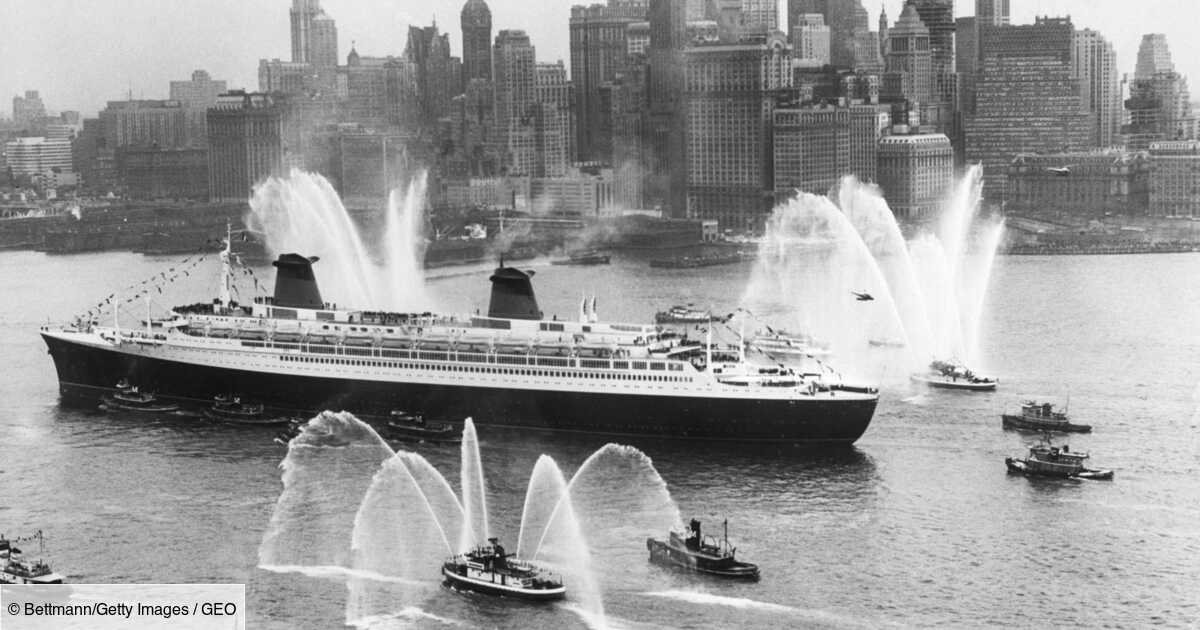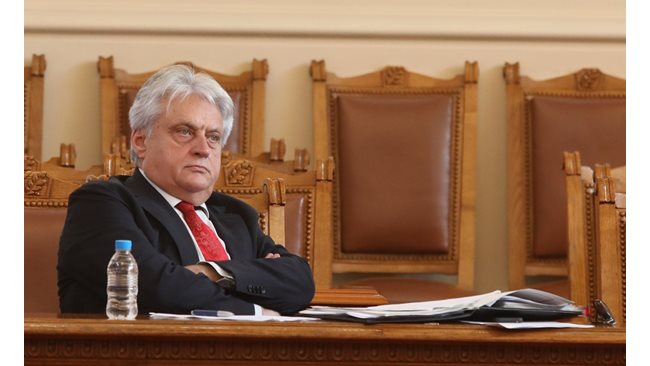On February 8, 1962, the prestigious ship “France” made a triumphant entry into New York Harbor, to the roar of sirens, completing its first transatlantic crossing and beginning an adventure marked by several headwinds.
This emblem of the French “glorious thirties”, which ended up scrapped in India in 2008, then attracted all the superlatives: “longest, newest, most luxurious“liners connecting Europe to America, describe the AFP dispatches of the time.
Leaving Le Havre on February 3, the ship entered New York Bay at the scheduled time five days later, at 9:45 a.m. local time, despite heavy squalls during the crossing. It traveled in 101 hours the 3,000 nautical miles (5,556 km) separating Bishop Rock (at the south-west end of England) from the lightship Ambrose, at an average speed of 29.7 knots (55 km / h ).
“We experienced a real storm for twelve hours with hollows of 14 meters. But thanks to the speed of France, we made up for lost time“, welcomes Captain Georges Croisile, assailed with questions by hundreds of reporters from all over the country. The liner is almost unscathed: “the broken portholes had been replaced by one of the glass doors of the large living room, smashed“By the storm, writes the special envoy of AFP.
As it slowly ascends the Hudson River, the ship with its famous red and black finned funnels is escorted by “an imposing flotilla of various buildings (…) In the completely overcast sky, countless police and coastguard helicopters, private planes and naval aviation seaplanes“accompany him.
Stuck in an elevator
“One minute before the arrival in front of the Statue of Liberty, the sirens of France sounded. All the tugs and other boats in the harbor respond to him with a deafening noiseCity fireboats spit out sprays of water, a welcome traditionally reserved for ocean liners entering New York Harbor for the first time.
Among the 1,727 passengers massed on the decks, crowd celebrities, including the novelist Joseph Kessel and the singer Juliette Greco. One “stowaway“, a journalist snuck in and discovered shortly after leaving Le Havre, was “jail” during the crossing.
The ship docks at 1:00 p.m. local time (7:00 p.m. in France) on the wharf of the “Compagnie Générale Transatlantique” (the “French line”), all neighboring buildings decked out in blue-white-red. A municipal marching band sings the Marseillaise in front of the thousands of New Yorkers who come to watch the show in Battery Park, at the southern tip of Manhattan.
Launched on May 11, 1960 at the Saint-Nazaire shipyards in the presence of General de Gaulle and his wife Yvonne, the France is 316 meters long, can accommodate more than 2,000 passengers in first class or tourist class, offers two swimming pools, a nursery, a large library, all its cabins are air-conditioned.
Its parts common to Formica furniture, a star material of the 1960s, are decorated with abstract tapestries and lithographs by Picasso, Braque or Dufy. During her maiden voyage to the Canary Islands in January 1962, her godmother Yvonne de Gaulle had suffered a small mishap, briefly stuck in an elevator when disembarking in Tenerife.
Renamed “Norway”
Inaugurated in good times, France was quickly confronted with economic imperatives. Competed by the “Queen Elizabeth”, then by the rise of air transport, this heavy consumer of fuel oil received the coup de grace with the oil shock of 1973.
On October 30, 1974, the operation of the loss-making liner was stopped after 377 crossings of the North Atlantic, the government having decided to no longer subsidize it. Abandoned on a quay in Le Havre, the France was bought by a Saudi businessman and then, in 1979, by a Norwegian shipowner who renamed her “Norway” and assigned her to cruises in the Caribbean.
After the explosion of a boiler that killed eight sailors in Miami (Florida), the Norway, which had become the property of a Malaysian group, was decommissioned in 2003 then dismantled five years later in India. Among its 600,000 passengers between Le Havre and New York, the mythical “floating palace” will have transported Salvador Dali, Alfred Hitchcock or Audrey Hepburn.
Read also :
Titanic: 5 things you didn’t know about the unsinkable ocean liner
– –

In Venice, cruise ships in the historic center are over!
– –

The world’s longest cruise will cross 150 destinations
– –
–


